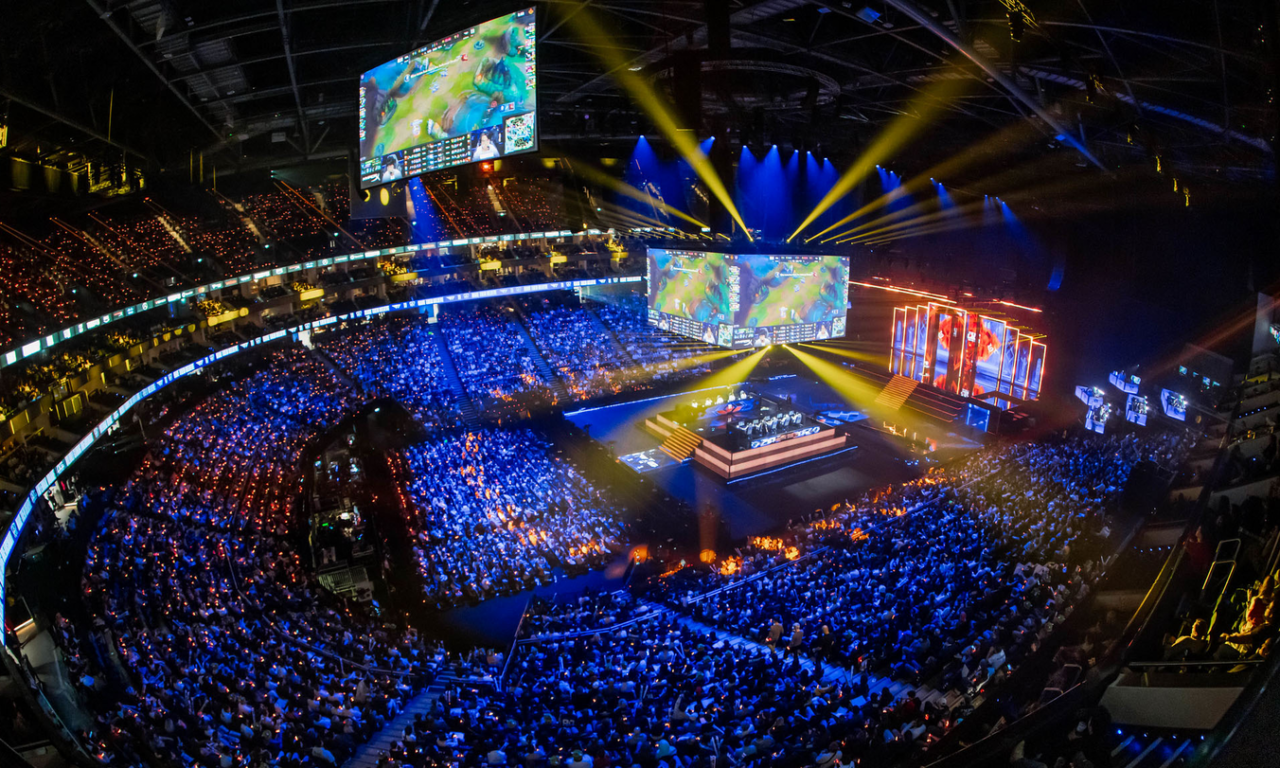Riot Games opens the door to betting sponsors, but at what cost?

Riot Games’ latest policy shift has opened the gates to betting sponsors in Tier 1 League of Legends and Valorant across the Americas and EMEA. It’s a decision wrapped in assurances of integrity and responsibility, one that the developer describes as a long-term play for ecosystem sustainability. With this move, teams will be able to form new commercial partnerships while broadcasts themselves will remain “betting-free.” But beneath the controlled rollout lies a far more complex picture that raises critical questions about the reality of betting sponsorships.
Revenue meets regulation
The decision is, in part, a response to demand. Riot states that teams have long asked for the ability to work with licensed betting companies, and with traditional brand partners pulling back across esports, the timing reflects clear financial pressures. According to Sportradar, over $10.7 billion was wagered globally on Riot’s games in 2024 alone, with 70% of it coming through unregulated operators (figure found on the Riot Games official website). Riot's answer is a “guardrails-first” approach: all partners must be pre-approved, use GRID Esports data, and fund team-run integrity programmes.
It’s a tightly framed proposal with admirable structure. But structure isn’t the same as enforceability. It remains to be seen how rigorously Riot will audit team-level compliance or intervene when integrity programmes become tick-box exercises. And with so much of this being delegated to teams, many of whom are still figuring out how to remain solvent, there’s a risk of asking under-resourced organisations to become their own watchdogs.
To read more about the financial reality of betting sponsorships, click here.
Clean feed, messy reality
Riot is maintaining a global “clean feed” policy, meaning no betting ads on broadcasts, no betting logos on jerseys, and no partner visibility on Riot-owned channels. That sounds cautious, even commendable. But it also creates a tension: teams are allowed betting sponsors, but can’t fully showcase them where audiences are biggest. Will betting brands be satisfied with exposure only through social content or shoulder programming? It’s a model that requires creative execution but risks under-delivering on sponsor expectations.
There’s also the youth question. Riot bans betting integration across its own channels to avoid marketing to underage audiences, but it’s hard to argue the risk ends there. The policy assumes teams can responsibly manage their messaging on platforms like TikTok or Twitch, where age-gating is porous at best. If Riot is serious about protecting young viewers, is partial control enough?
To read about the current state of gambling sponsorships, click here.
A pragmatic move, but a revealing one
This policy doesn’t just enable new sponsorships, it reflects the shifting state of play across the esports commercial landscape. Riot’s two-tiered strategy (regional autonomy, global caution) mirrors tactics seen in traditional sports. But it also underscores the fragility of esports revenue models. Betting offers a lifeline because the ecosystem is still struggling to fund itself sustainably. Whether the trade-off is commercially effective remains to be seen, but early online reactions suggest a broad public suspicion.
Image source: Riot Games official website
For more practical sponsorship tips and expert insights, register a free account with The Sponsor or subscribe for full access to all interviews, articles, and reports.









